'My kinda town': Birmingham's well known landmarks
- Published
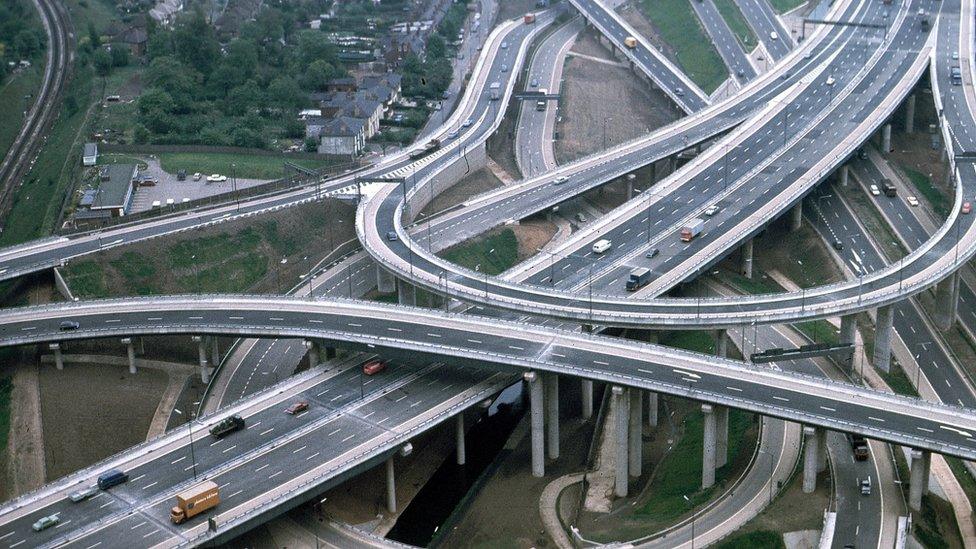
BBC News takes a look at some of Birmingham's well known landmarks, past and present. One of the most famous is Spaghetti Junction. After four years of building work costing between £9m and £10m, it was officially opened as the Gravelly Hill Interchange in May 1972. Highways Agency staff can walk as many as 12 to 15 miles a day monitoring work on the structure.
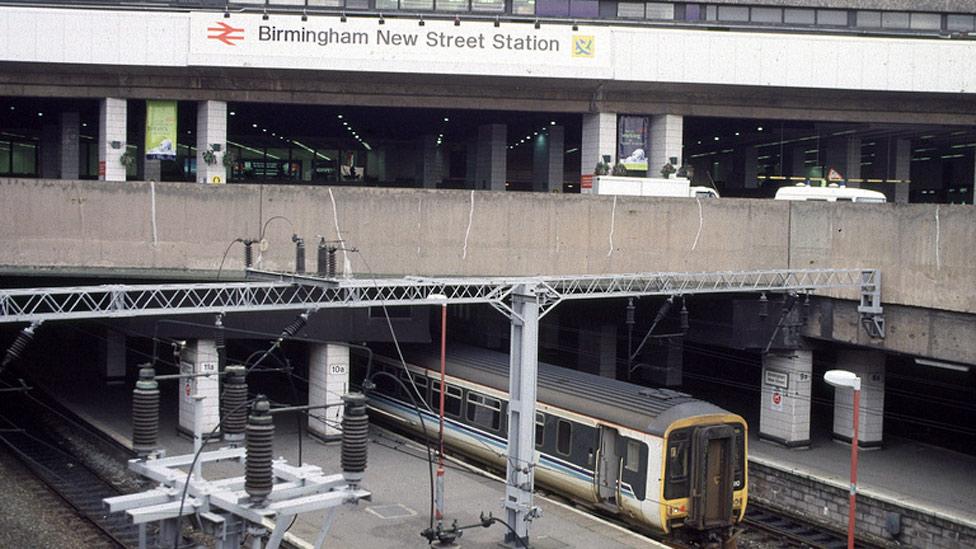
No less concrete or confusing, the other great entrance to the city is New Street Station, the UK's busiest railway station outside London. Opened in the 1850s it had the largest arched single-span iron and glass roof in the world. Arguably brutalised and definitely buried in the 1960s, it is currently halfway through another revamp.

The Rotunda was built as a centrepiece for the inner ring road, which was constructed throughout the 1960s. The Grade II-listed building survived the 1974 Birmingham pub bombings and a threatened sale to Glasgow. In 2008 it reopened after a two-and-a-half-year revamp to include apartments and six penthouses.

Hollywood actor Telly Savalas narrated a short film about early 80s Birmingham in which he said the city was "my kinda town". Landmarks like the Rotunda and old Bull Ring were "exciting" and the road network was "revolutionary". The film also showed an over-40s disco dancing event in Cannon Hill Park.
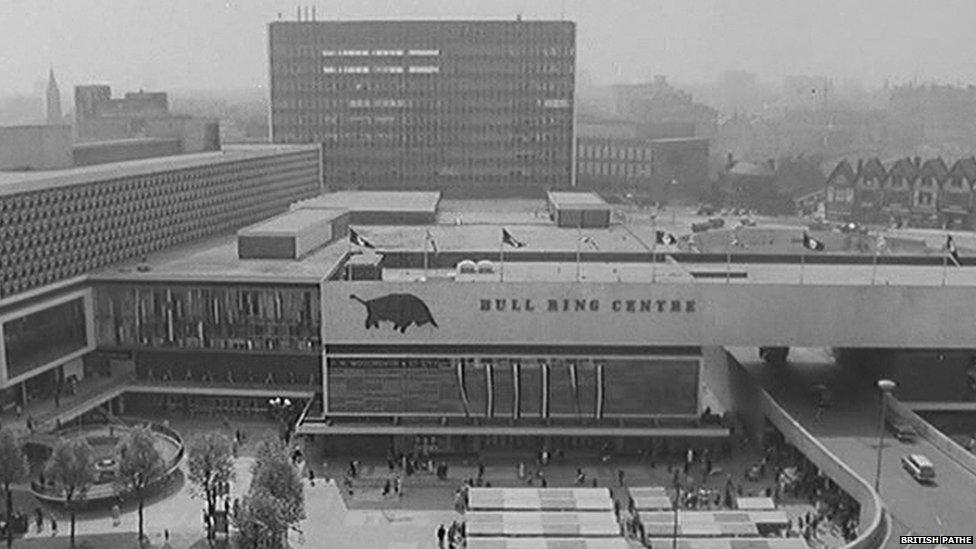
The £8m first Bull Ring Centre - a sight which Telly Savalas claimed "took my breath away" - was opened by the Duke of Edinburgh in 1964. Built as the ring road and tunnels were progressing around the city, the prevalence of concrete became a feature of Birmingham.
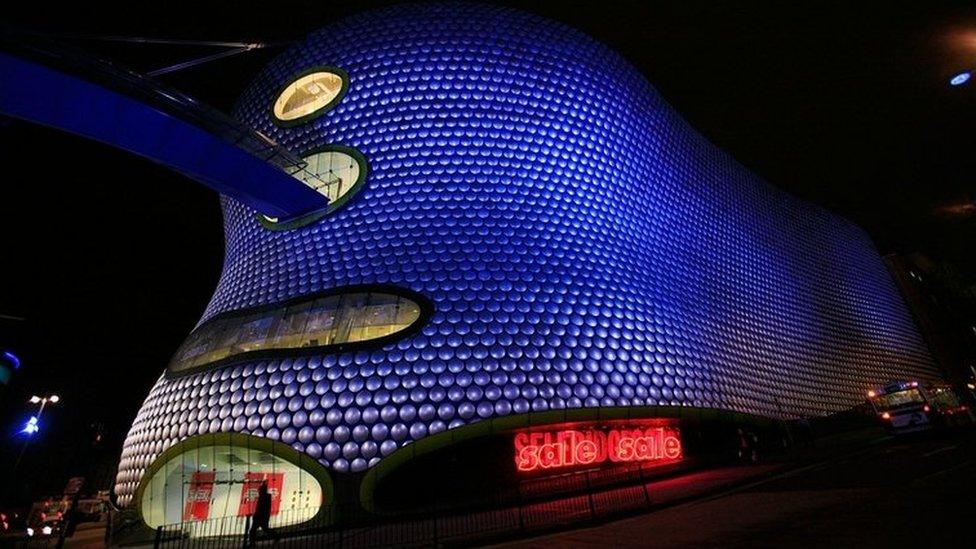
In 2003, the new Bullring shopping centre revitalised the city centre with more than 160 shops and the Selfridges department store. Adorned with some 15,000 aluminium discs, Selfridges has become a striking feature of 21st Century Birmingham.
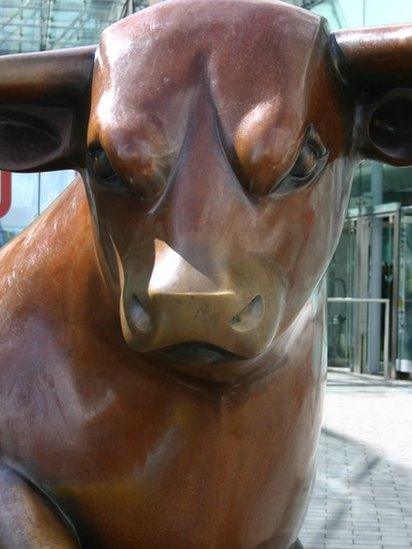
Outside the Bullring proudly stands the bronze bull. The city was united in outrage when he was vandalized in 2005. Bully has remained a heavyweight personality in the city and is always popular with tourists.
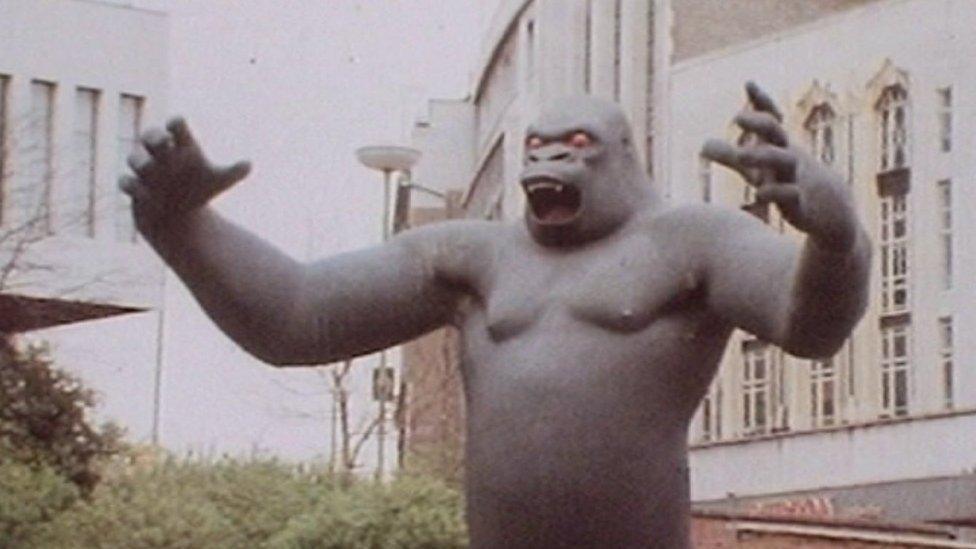
Another larger-than-life personality to grace the city in the early 70s was the King Kong statue. It was positioned outside the Bull Ring. Local media reported in 2011 that he has since been found lying in a car park in Penrith, Cumbria.
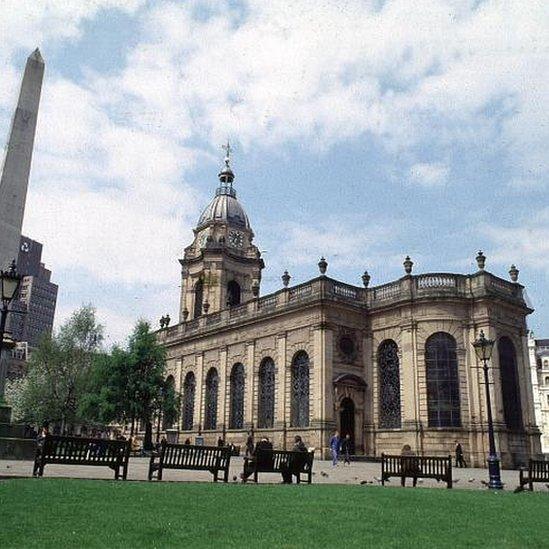
It's not all concrete though. Birmingham's relatively tiny Anglican Cathedral, St Philip's, was built as a parish church in 1715 and became a cathedral in 1905. Nestling in a square off Colmore Row, the surrounding grounds are a magnet for groups of rock kids in the city.
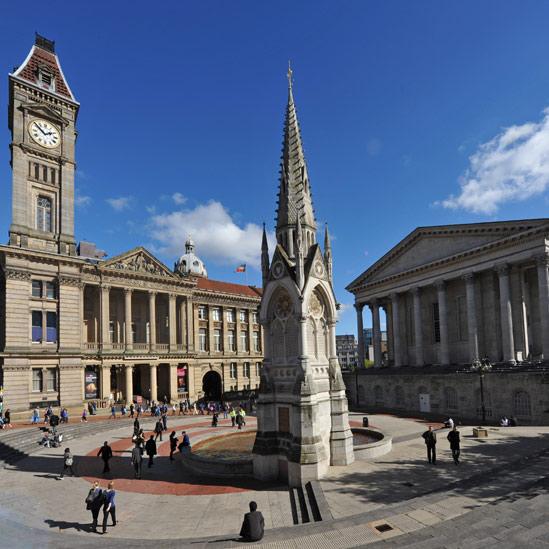
The city's civic squares are a tribute to its Victorian and early 20th Century wealth. Chamberlain Square, named after the political dynasty, is flanked by the Town Hall concert venue (right) and the Museum and Art Gallery which forms part of the beautiful Council House.
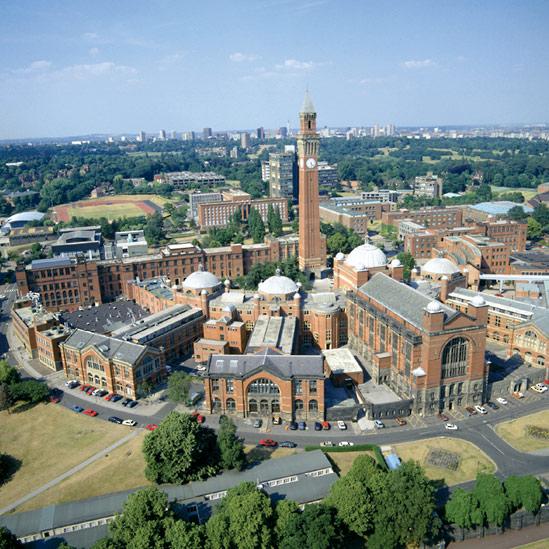
Birmingham is home to several universities, but the oldest and most famous carries the city's name. The main, redbrick campus in Selly Oak is dominated by the clock tower. As well as a seat of learning, it boasts sports facilities always in demand by national teams competing in the UK.
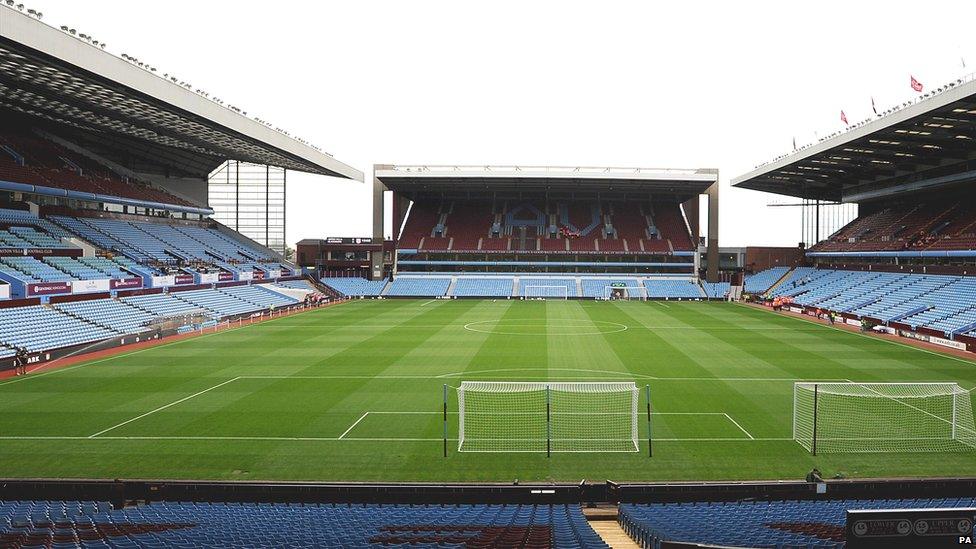
With a capacity of over 40,000, Villa Park has hosted World Cup matches, European and domestic cup finals, cycling, athletics, rugby, gymnastics and much more. But it is best known as the home since 1897 of former European champions and multiple league and FA Cup winners Aston Villa.
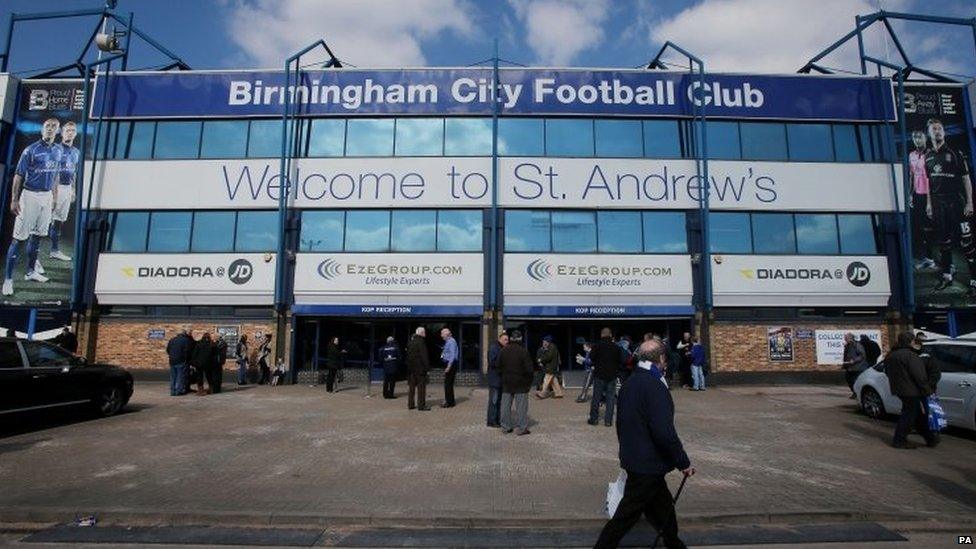
Birmingham City, the other professional football club in the city, have played at St Andrews since 1906. The club lifted the League Cup at Wembley in 2011, a trophy they previously held in 1963 having defeated Aston Villa over the two-legged final.

Edgbaston cricket ground was originally a meadow before its owner, Lord Calthorpe, authorised its lease for cricket purposes. It is home to Warwickshire and was recognised as a Test venue in 1902, when England played Australia. The venue was also the scene, some 103 years later, of one of the greatest Ashes Tests when England beat the tourists by just two runs.
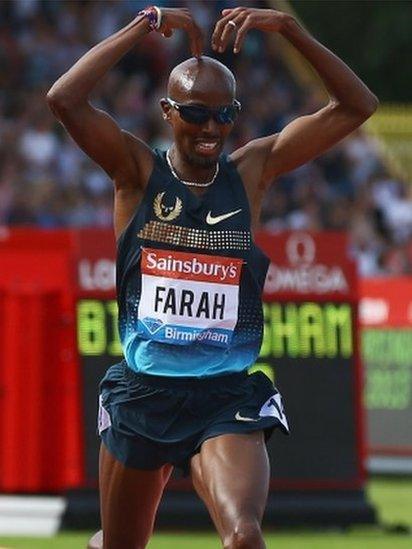
The Alexander Stadium in Perry Barr has become the unofficial home of UK Athletics. More often than not the venue for the National Championships, it hosts a prestigious Diamond League meeting. In June, Mo Farah brought the event to a close with another victory in the 5,000m.
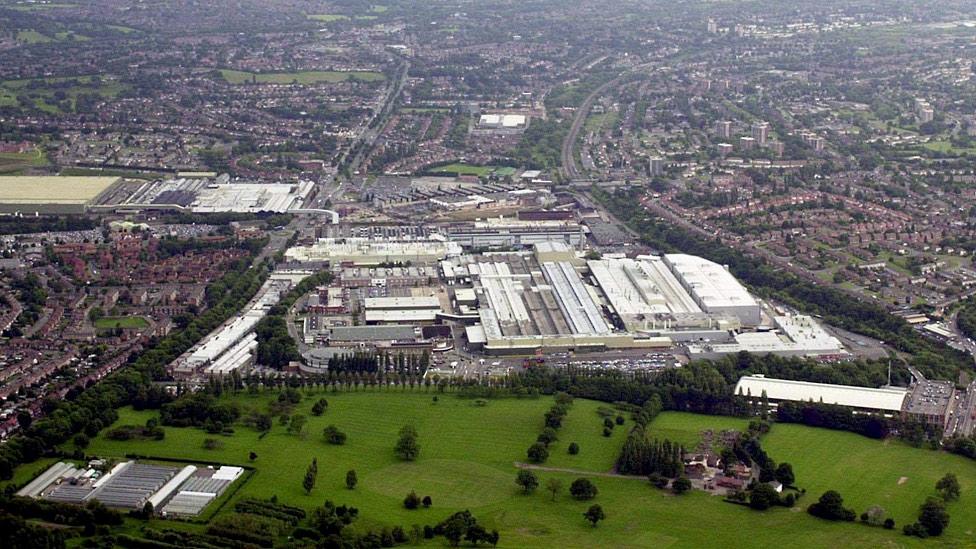
Once lauded as the city of 1,000 trades, Birmingham has an industrial past to rival anywhere. The south of the city was dominated by the Longbridge car plant where vehicles were first made at the Austin factory in 1906. A much smaller MG operation survives there today.

Longbridge was almost as well known for its strikes as it was for its motors. The most famous union man to come from the plant was Derek "Red Robbo" Robinson. He stood as a Communist Party candidate in four elections and was at the forefront of many a dispute.

Heavy metal was born in Birmingham thanks to four musicians from Aston. Black Sabbath were formed in 1968 and the band, minus drummer Bill Ward, released their latest album, 13, this year. Their current world tour ends with two homecoming shows in December.
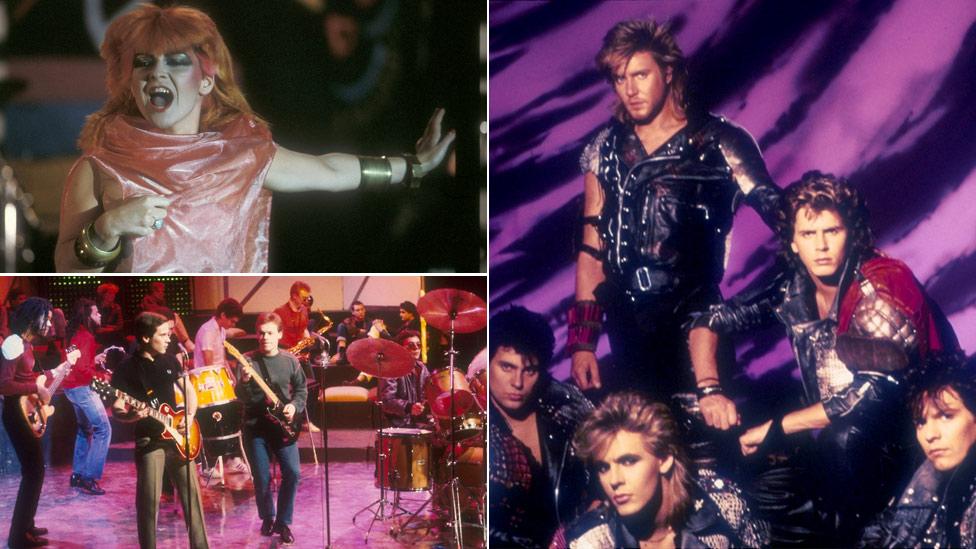
But for a city so linked to heavy metal, many sounds have left its clubs to find fans around the globe. In the 1980s in particular, Birmingham bands were among the biggest around. While Toyah found fame in post-punk pop, UB40 were at the forefront of British reggae and Duran Duran became the biggest band on the planet.
- Published20 July 2013
- Published19 July 2013